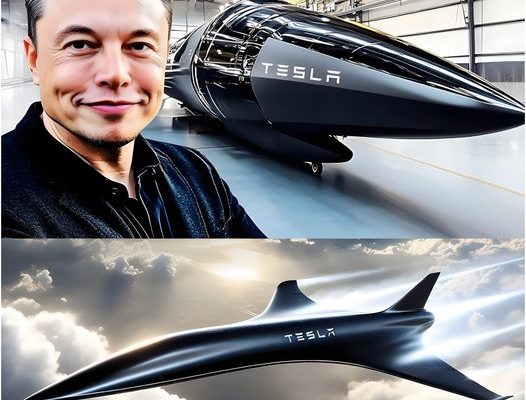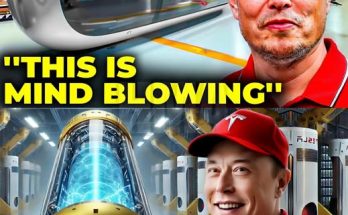In a world of accelerated technological advancements, Elon Musk continues to push boundaries with ambitious ideas. One of its latest projections envisions up to 10 billion humanoid robots by 2040, with an estimated price tag of just $25,000 each. This revolutionary vision could reshape economies, industries, and even the very fabric of society.
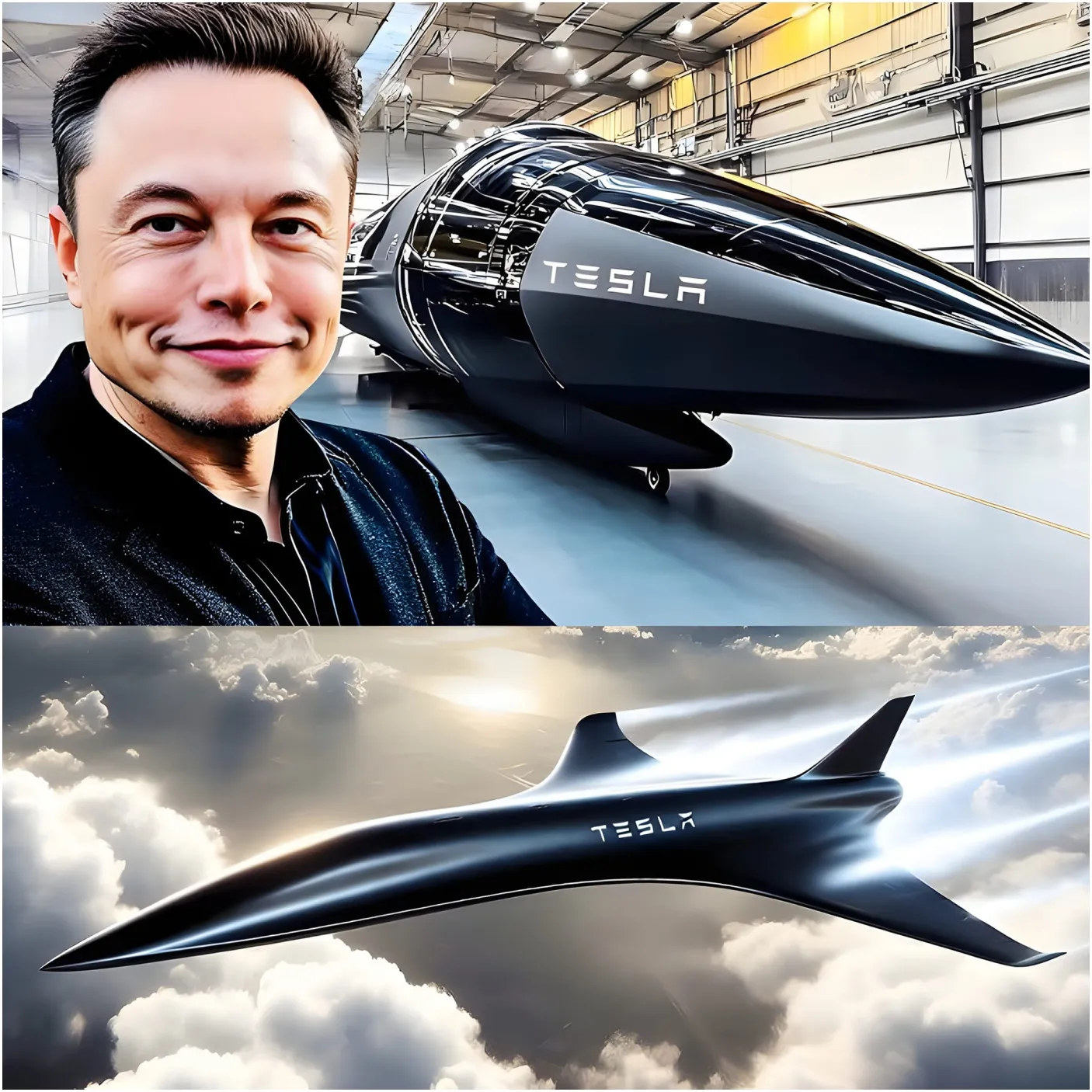
Musk’s vision focuses on the use of humanoid robots, capable of assisting or even replacing humans in numerous roles. The proposed price makes them accessible in various sectors and even to households around the world, suggesting that we could soon see robots as an everyday presence. On a large scale, these robots could cover jobs that require intensive labor or are in high demand, offering support in sectors such as health, education and manufacturing.
Creating 10 billion robots over the next two decades poses challenges in terms of production capacity, resource availability and ethical considerations. Producing robots on such a large scale requires state-of-the-art manufacturing processes and significant advances in artificial intelligence. Reaching the proposed price of $25,000 depends on reducing material and production costs, an ambitious goal that Musk is determined to achieve.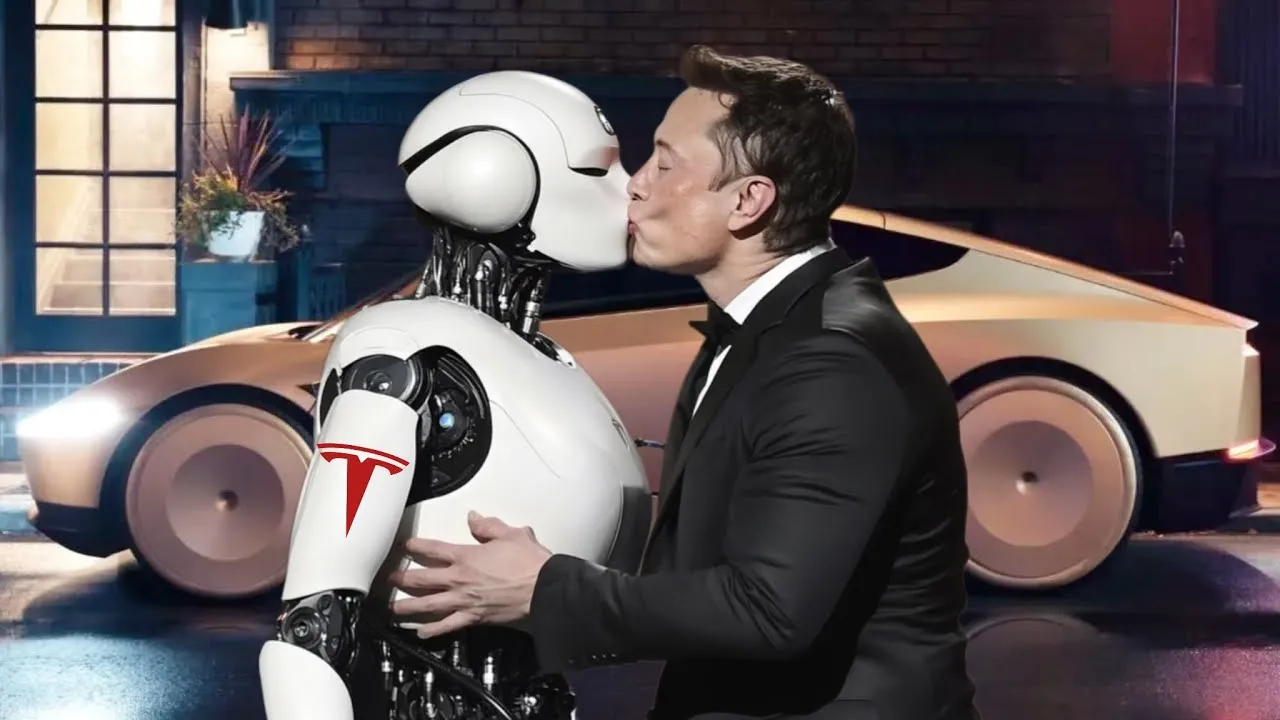
A workforce powered by humanoid robots would alter global labor dynamics, with artificial intelligence as the mainstay of these machines. Musk envisions robots capable of learning and improving over time, which could replace humans in dangerous, repetitive, or intensive tasks. While this shift could increase productivity and safety, it also raises questions about job displacement and the importance of training the human workforce for more specialized roles.
The implementation of this vision could impact global economies, boosting productivity and revolutionizing sectors such as health, education, and logistics. However, it could also lead to significant changes in society. Access to humanoid robots could become a dividing line, raising concerns about inequality and access to technological advances.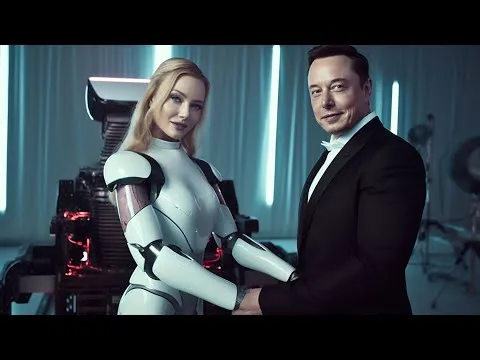
Musk’s statements about deploying billions of robots may seem ambitious, even provocative, but his track record of innovation in space, electric vehicles, and AI demonstrates his determination to achieve what once seemed impossible. The path to this goal is complex and raises questions about ethical guidelines, regulatory frameworks, and the overall impact of these robots on society.
With the year 2040 drawing ever closer, Musk’s ambitious vision invites us to reflect on the role of technology in our lives and the balance between innovation and human values. Whether these humanoid robots become a common presence or a futuristic dream, Musk’s vision challenges us to reconsider what is possible in the age of advanced technology.
